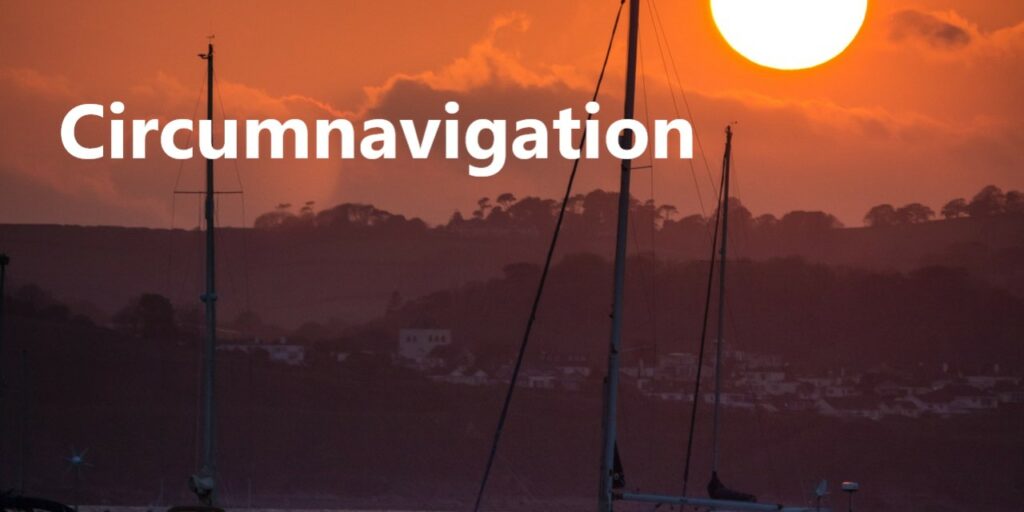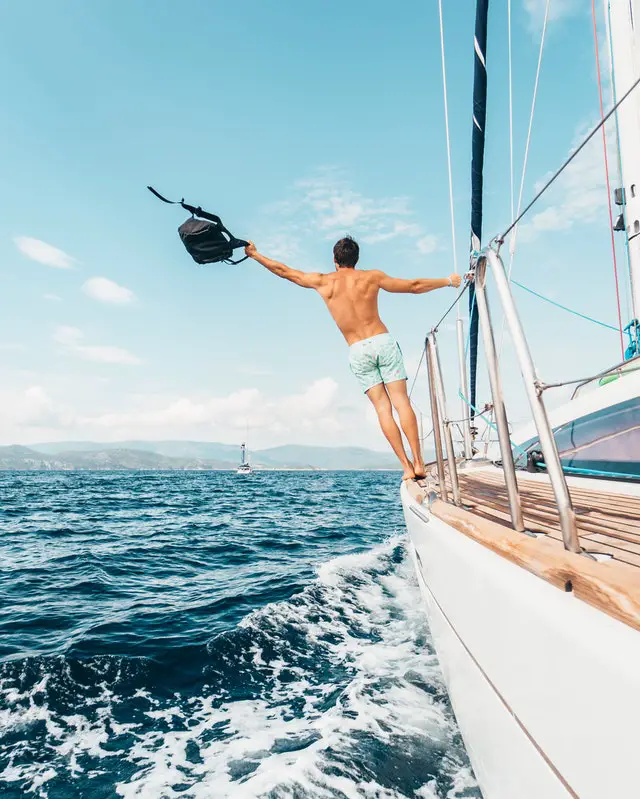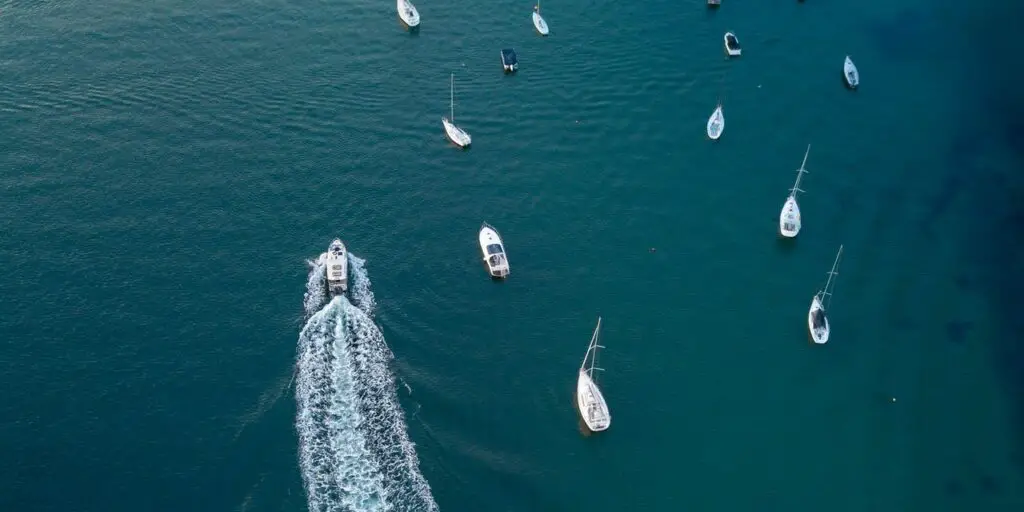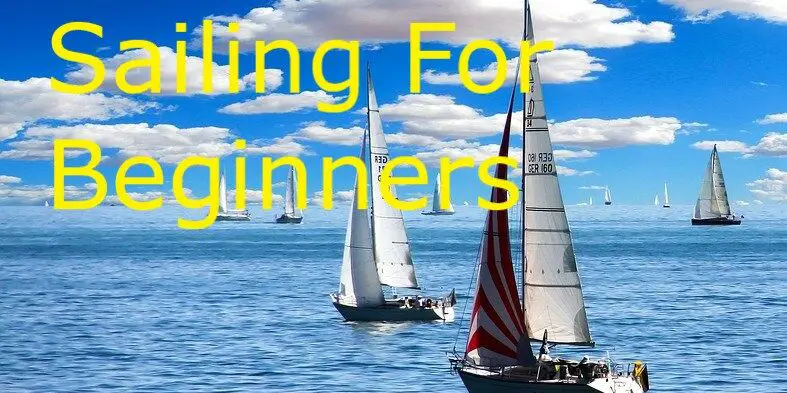Sailing around the world is a thrilling adventure, but it requires careful planning and preparation. Here are the essential things you need to know before embarking on a global sailing journey:
1. Choosing the Right Sailboat
Not all boats are suitable for long-distance voyages. You’ll need a sturdy, well-equipped sailboat with ample storage, good speed, and durability. Catamarans offer more stability and space, making them ideal for long trips with multiple crew members.
Tip: Learn more about the types of sailboats that suit long-distance travel from our sailboat buying guide.
2. Navigational Skills Are Critical
Before setting off on a global journey, it’s crucial to master navigation skills. You should know how to read charts, use GPS, and understand weather patterns. Electronic aids like GPS are essential, but don’t rely solely on them—backup methods, such as paper charts and compasses, are vital.
Example: Understanding wind patterns across different oceans is key to avoiding storms or navigating strong currents.
3. Weather and Ocean Conditions
Weather can make or break your journey. Global sailors need to be aware of ocean conditions, weather windows, and seasonal winds. Sailors often follow trade winds to make long passages easier and safer. Avoiding hurricane seasons and navigating during favorable weather conditions can help prevent dangerous situations.
4. Provisioning for Long Journeys
Provisioning, or stocking up on food and supplies, is one of the most important aspects of a global sail. You’ll need to plan for long stretches where access to fresh supplies might be limited. Essentials like non-perishable food, fresh water, medical supplies, and spare parts should be carefully calculated and stored.
Tip: Plan for at least 3 months’ worth of provisions for the longest passages.
5. Sailing Routes Around the World
Choosing the right route is key to a successful circumnavigation. Sailors often choose routes based on wind patterns and weather conditions, with some preferring an eastward or westward direction depending on their journey goals.
- Eastward: Through the Mediterranean Sea, across the Indian Ocean, then through the South Pacific.
- Westward: Starting from Gibraltar, crossing the North Atlantic, and continuing through the South Pacific.
6. Cost of Sailing Around the World
The cost of circumnavigation varies based on boat size, equipment, and lifestyle. On average, sailors spend between $1,000 and $3,000 per month, depending on luxuries and provisions. Additionally, maintenance costs roughly 10% of the boat’s value annually.
Example: Expect to spend more on luxuries like air conditioning or a fridge, while minimalists might save by relying on solar power and natural resources like fishing.
7. International Regulations and Visas
Each country you visit will have its own entry requirements, including visas, customs regulations, and maritime laws. It’s essential to research these in advance and have all necessary documents in order. Some regions may require special permits or inspections before allowing foreign vessels to dock.
8. Managing Repairs and Maintenance
Maintenance is crucial when sailing around the world. Regular inspections, engine checks, and sail repairs can prevent major issues while at sea. Sailors should have basic repair skills and carry essential tools and spare parts to fix common issues like rigging problems, sail tears, or engine malfunctions.
Tip: Join online sailing communities for advice on repairs, as well as tips on where to find good repair facilities.
9. Safety at Sea
Safety should always be a top priority. Ensure your boat is equipped with life jackets, EPIRBs (Emergency Position-Indicating Radio Beacons), flares, fire extinguishers, and first-aid kits. It’s also vital to have a safety plan in place, including regular check-ins with family or friends and knowing the nearest coast guard contact.
10. Mental and Physical Preparedness
A global sailing adventure demands mental and physical endurance. You’ll face long stretches of isolation, intense weather conditions, and the physical demands of operating a sailboat. Building resilience and maintaining your physical health through regular exercise and rest is crucial.
Best Sailboat Routes for Circumnavigation
- The Trade Winds Route: Popular for its predictable winds, this route typically goes through the Canary Islands, the Caribbean, the Pacific, and the Indian Ocean.
- The Southern Route: More challenging, with rougher seas and unpredictable weather, this route passes through the Southern Ocean and around Cape Horn.
Summary Table: Key Considerations for Sailing Around the World
| Aspect | Importance | Example |
|---|---|---|
| Sailboat Selection | Sturdy, ocean-worthy vessels are crucial | Catamarans are stable and spacious for long trips |
| Navigational Skills | Critical for safe passage and avoiding hazardous areas | Mastering GPS, charts, and weather patterns |
| Weather Awareness | Following trade winds and avoiding hurricane seasons can ensure safer travels | Planning routes around seasonal winds |
| Provisioning | Stocking enough food and supplies for long journeys | Plan for at least 3 months’ worth of provisions |
| International Regulations | Understanding customs, visas, and maritime laws is essential | Some countries require special permits |
| Maintenance and Repairs | Ongoing maintenance is necessary to avoid breakdowns | Regular sail inspections and engine checks |
| Financial Planning | A clear budget prevents unexpected costs | $1,000-$3,000 monthly cost range |
| Safety Equipment | Equipped with essential safety gear, including EPIRBs and life jackets | Life jackets, flares, first-aid kits |
| Cultural Awareness | Respecting local customs and regulations ensures smoother interactions | Learn local greetings and maritime customs |
| Mental and Physical Health | Endurance and health are vital for long voyages | Build resilience through physical fitness |
Conclusion: Sailing around the world is an incredible journey, but preparation is key. From choosing the right sailboat to understanding weather patterns and international regulations, sailors need to equip themselves with the knowledge and skills to make the trip safe and enjoyable.





